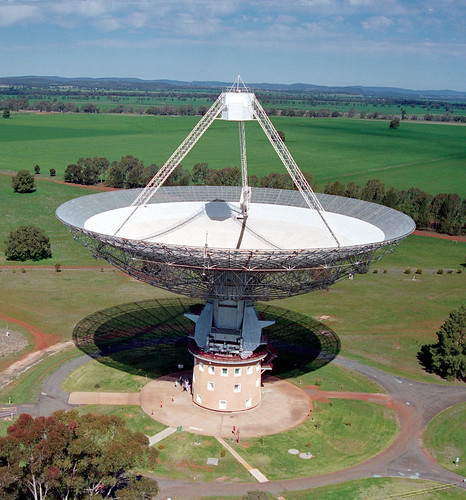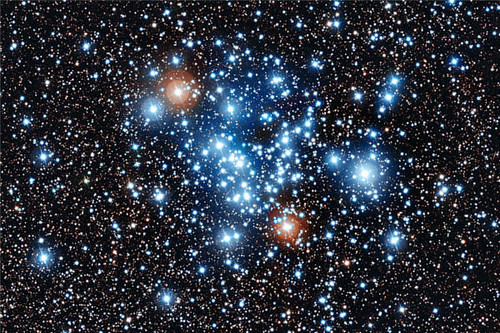The African Space Research Program deserves your support! What they write about themselves:
Welcome to the African Space Research Program This is an association located in Uganda with a core representation in Dallas/Ft which handles all international matters outside Africa. Our association has over seventy thousand members; it is a non profit association dedicated towards conducting space science basing on African soils. In this association we can manufacture high flying aircrafts, satellites, and space craft to enable the African Space Research Program (ASRP) one day we will conduct research at the furthest points of our solar system & galaxy to say!
As of now we’re manufacturing two projects, one an aircraft that we will use to scan meteoroids and asteroids closest to earth’s orbit, so will the same aircraft help us collect data to prepare our next project known as the Dynacraft. the second is a Space Craft heading to the skies with a life, a mice on board to test the competence of ASRP deploying a human in orbit
At the same time, in our association we’re training pilots & astronauts, our association is not certified to license pilots, so after our training they will have to go to a certified pilot school, test & acquire a flying license. For our astronauts, we will certify them our selves, since we’re the first association to manufacture space crafts in Africa, within our students we can tell who is ready to thrust beyond the skies!
Objective:
Our main objective is finding life in our solar system, & neighboring solar systems.
This isn’t about money, it is about human-kind life & dignity, this is about Africa joining the struggle of finding Earth-like planets, this is about setting a core base foundation for our future generations to come.
We will deploy projects in our solar neighborhood, projects we don’t expect to return back to Earth in our generation, however our descendants will benefit from such projects because they will return back in their time, and this is the best gift folks we can give our future generations.
May God Bless Africa; May God Bless Uganda

Came across this story in VOA, which I found very interesting…
Lawrence Okello could tell that something unusual was going on. But when he first ventured over to his neighbor’s backyard in Kampala, Uganda, he could hardly believe his eyes.
“I was so shocked. I couldn’t believe that in Uganda, we can have a kind of achievement so impressive,” he said.
Okello’s neighbor, Chris Nsamba, is head of the African Space Research Program, an organization he founded in 2009 after studying astronomy in the United States. But armed with nothing more than a team of student volunteers, and working from his mother’s backyard, the 28-year-old Nsamba has set out to build and launch Uganda’s first space observer.
Chris Nsamba and his team work on their projects in his mother’s backyard. (Photo: African Space Research Program)
Chris Nsamba and his team work on their projects in his mother’s backyard. (Photo: African Space Research Program)
Neighbors like Okello have been eagerly watching the probe take shape.
“There is a small project I saw him making. He called it a space observer,” he said. “I heard him saying it’s going to capture a picture of Uganda from space. He showed me that it’s going to work. I saw it responding to the GPS. They are just preparing to launch it, but I know it will fly. It will fly.”
About the size and shape of a beach ball, the probe is equipped with solar panels and a camera. On its maiden voyage, Nsamba plans to send it up with a passenger as well – a live rat.
“The reason why we called it observer is because it has a camera on it, so it can take pictures and videos, and it can send live data back to our control center. So it can observe space,” he said. “Two, we are using it to check out our skills of keeping something alive in space.”
We hope we can count on you for your support! PayPay them.
|









